Explore practical lessons on supplements, nutrition, and wellness — from benefits and usage to evidence-based insights.
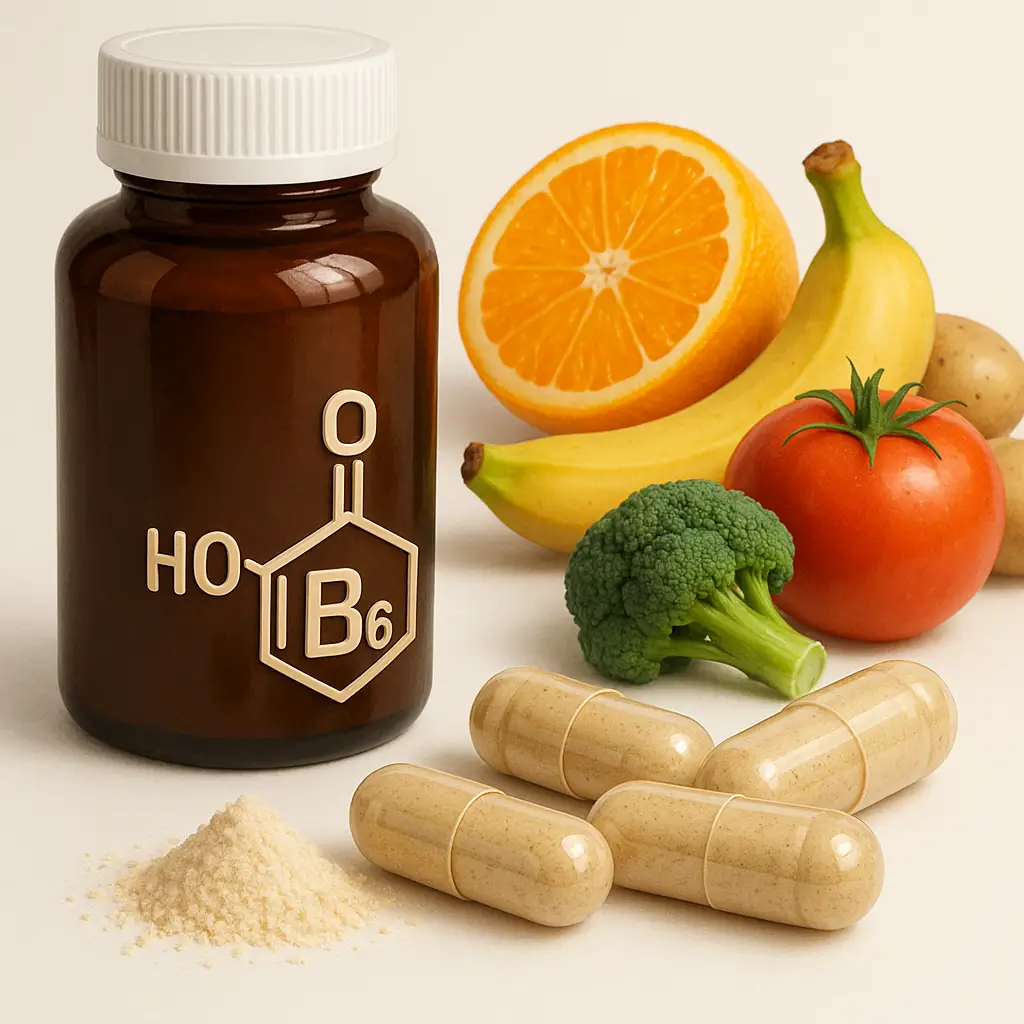
What is Vitamin B6? Vitamin B6, also known as pyridoxine, is a water-soluble vitamin that plays a crucial role in numerous physiological functions. It is part…
Read more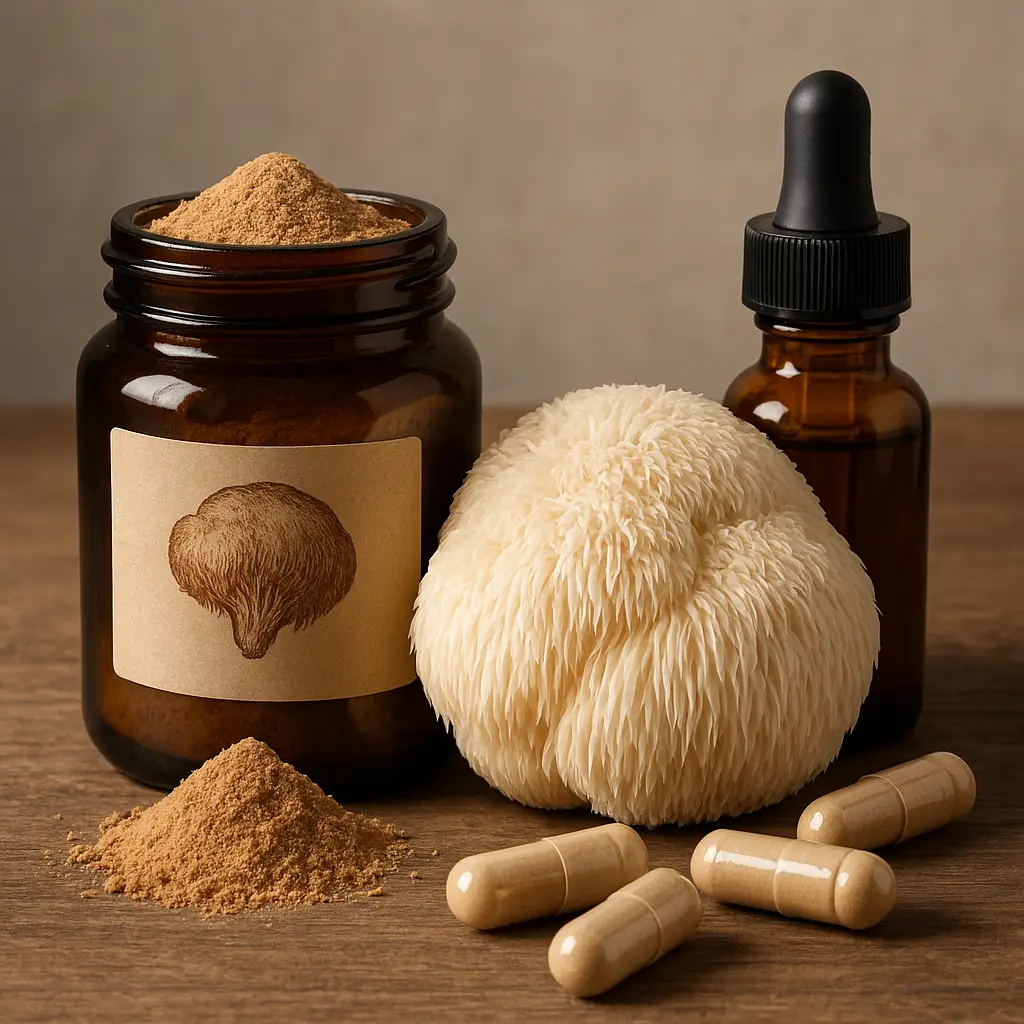
Understanding Lion's Mane: A Powerful Natural Supplement Lion's Mane, scientifically known as Hericium erinaceus, is a distinctive mushroom that has gained …
Read more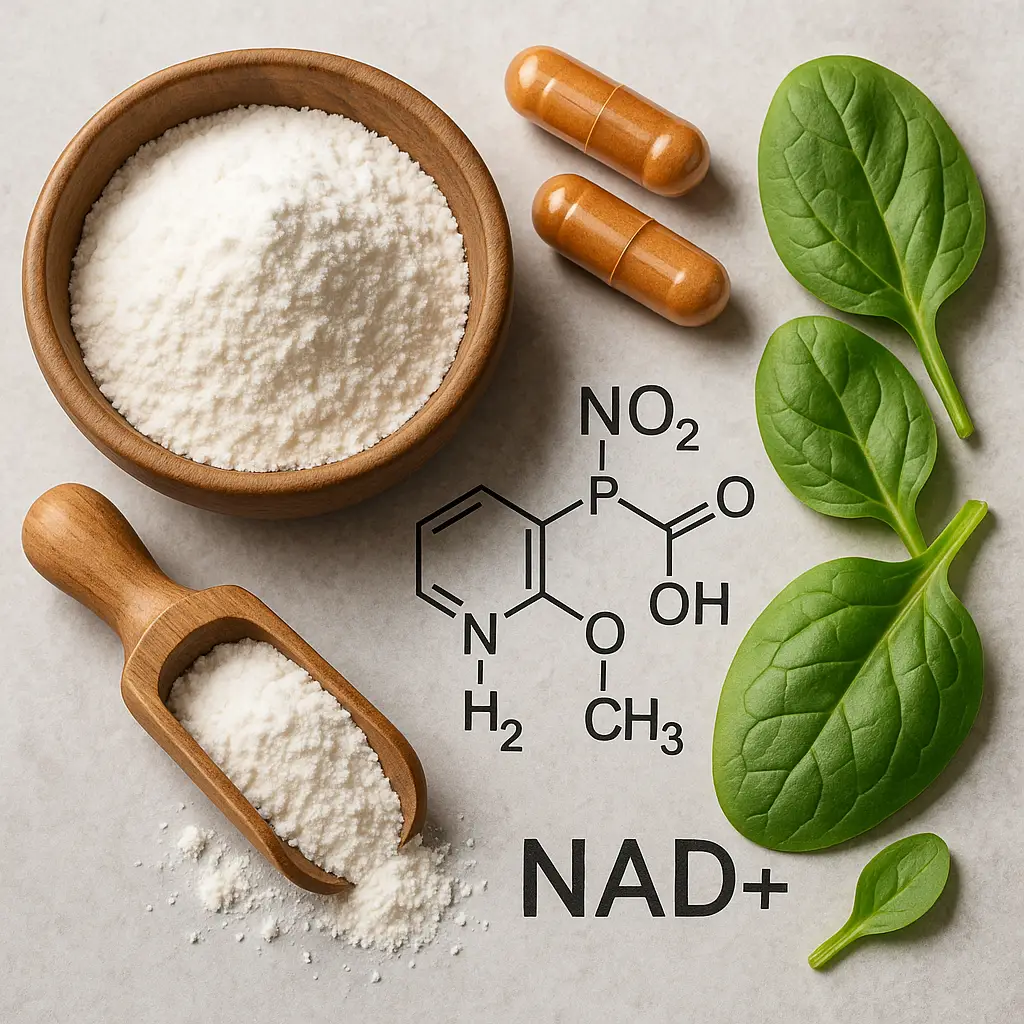
NAD+ (Nicotinamide Adenine Dinucleotide) is a vital coenzyme found in all living cells, playing a crucial role in energy metabolism and cellular functions. Wit…
Read more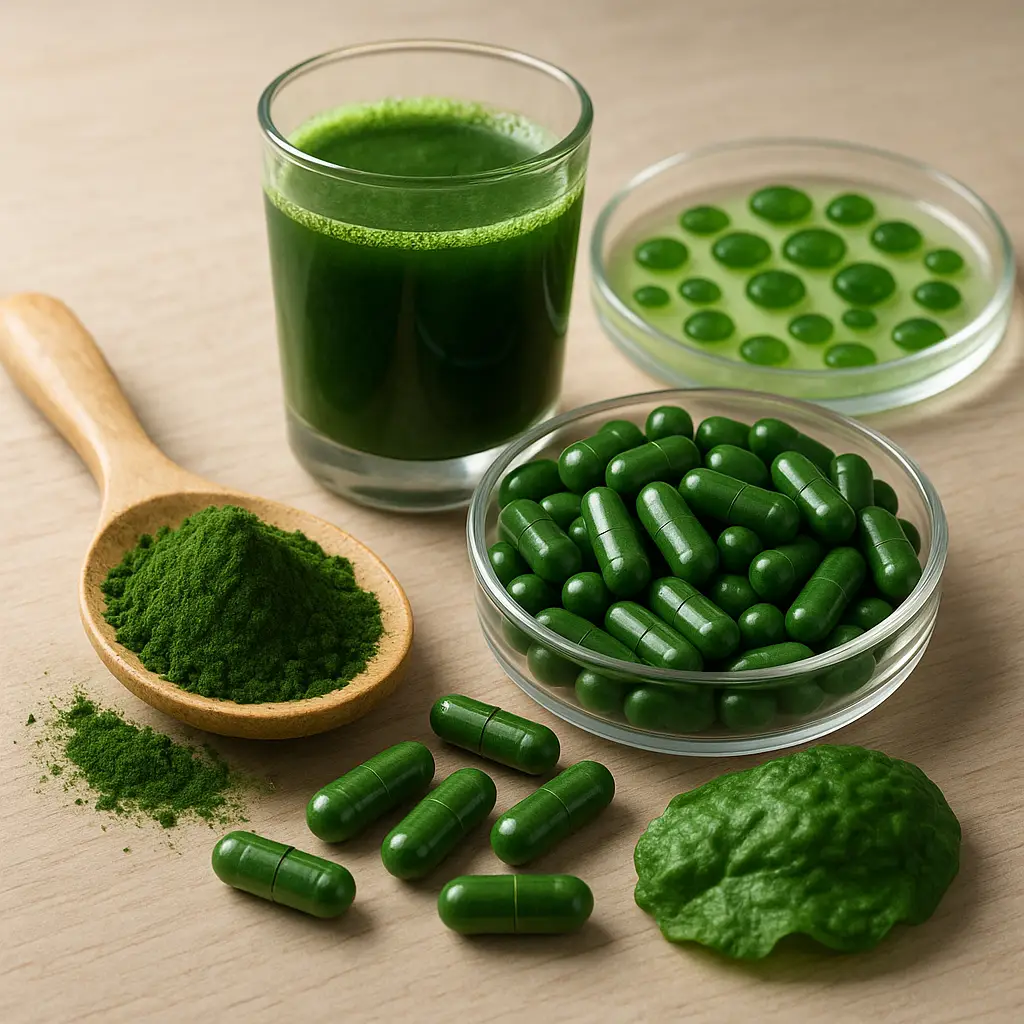
What is Chlorella? Chlorella is a type of green freshwater algae that has gained popularity as a superfood due to its exceptional nutrient profile. Originatin…
Read more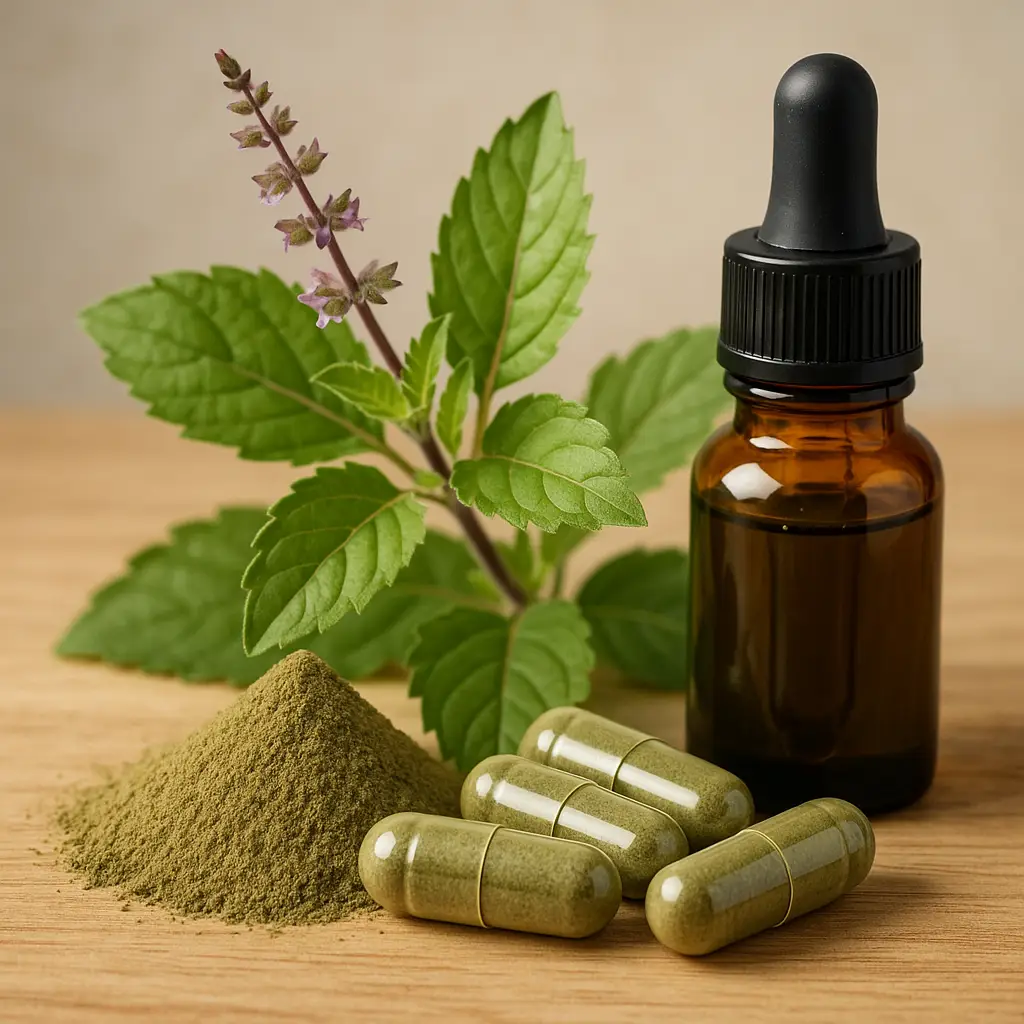
What is Holy Basil? Holy Basil, also known as Ocimum sanctum or Tulsi, is a sacred herb native to the Indian subcontinent. It belongs to the mint family and i…
Read more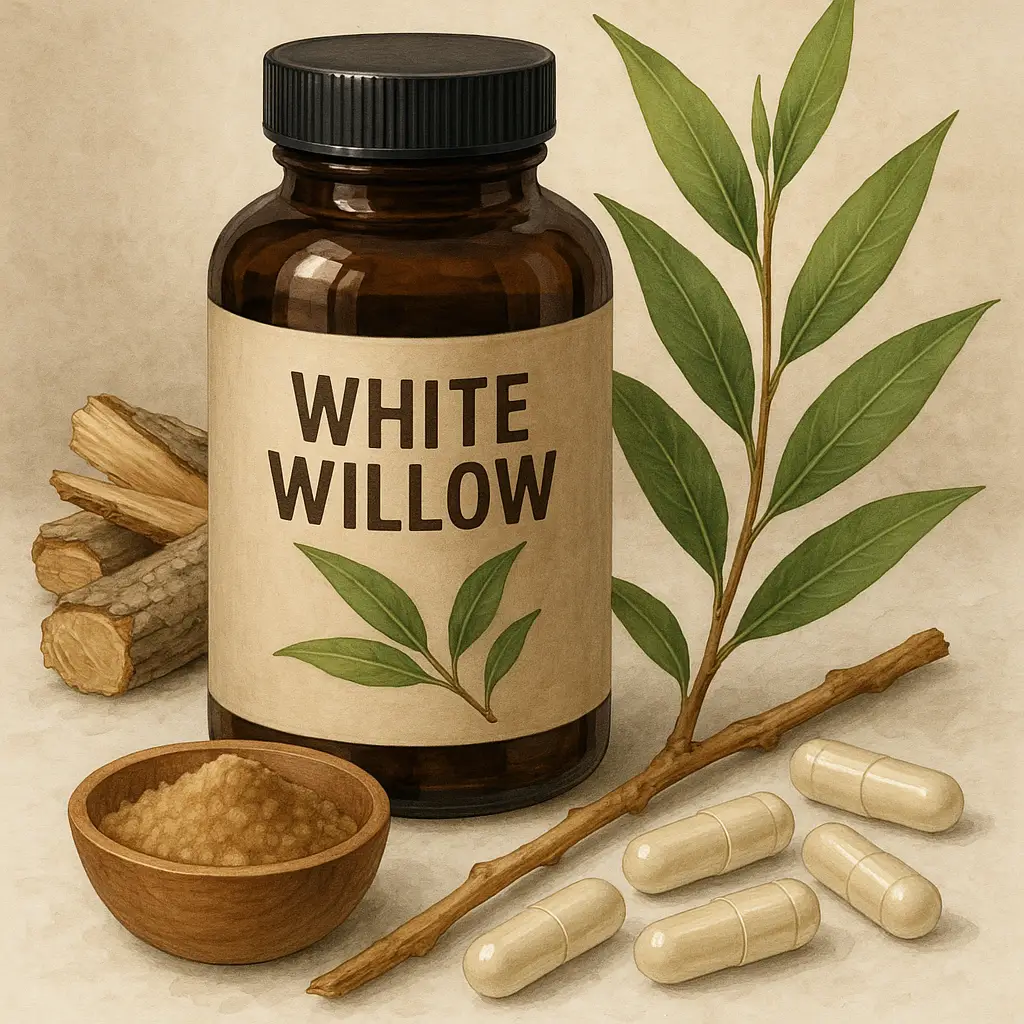
What is White Willow? White Willow, scientifically known as Salix alba, is a tree native to Europe and parts of Asia. Known for its distinctive bark and leave…
Read more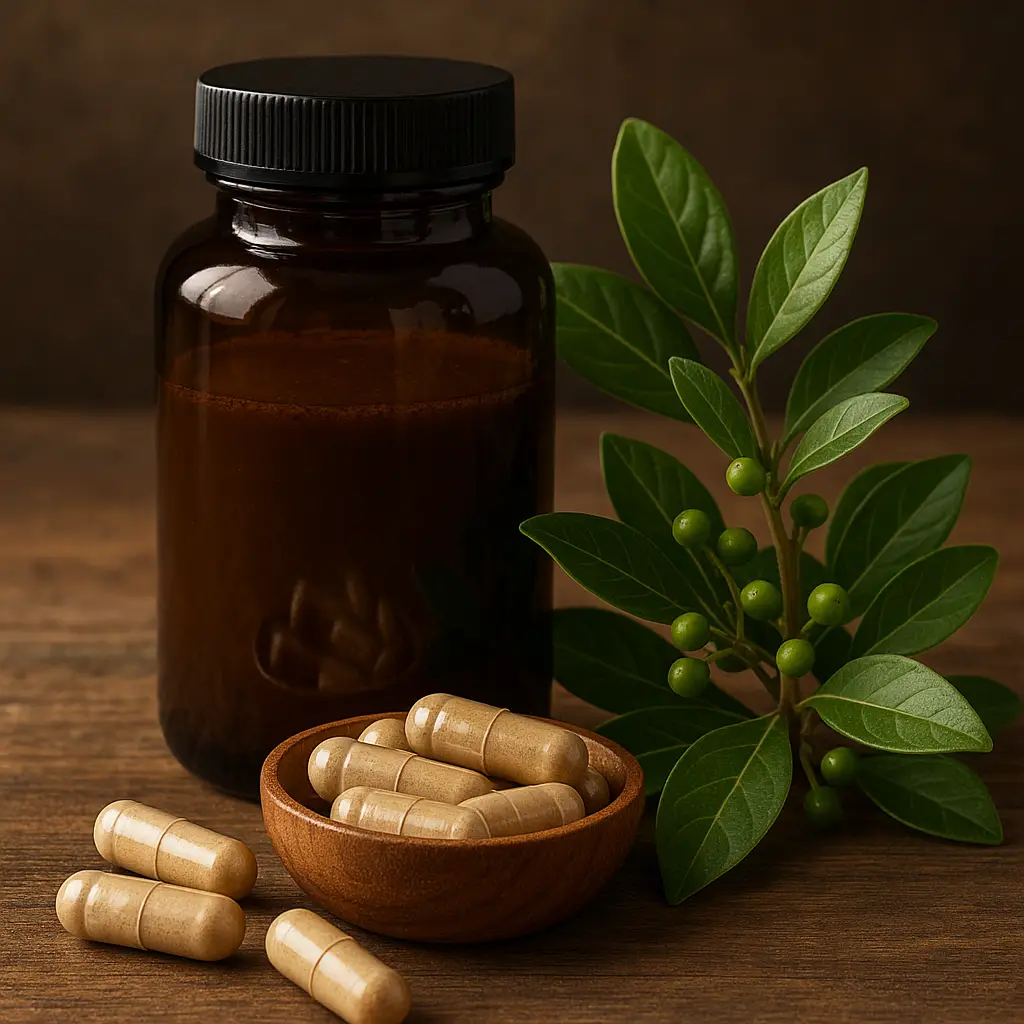
What is Fadogia? Fadogia, scientifically known as Fadogia agrestis, is a shrub native to West Africa, particularly found in countries such as Nigeria and Came…
Read more
What is Coenzyme Q10? Coenzyme Q10, often referred to as CoQ10, is a naturally occurring compound found in the body's cells. It plays a vital role in the prod…
Read more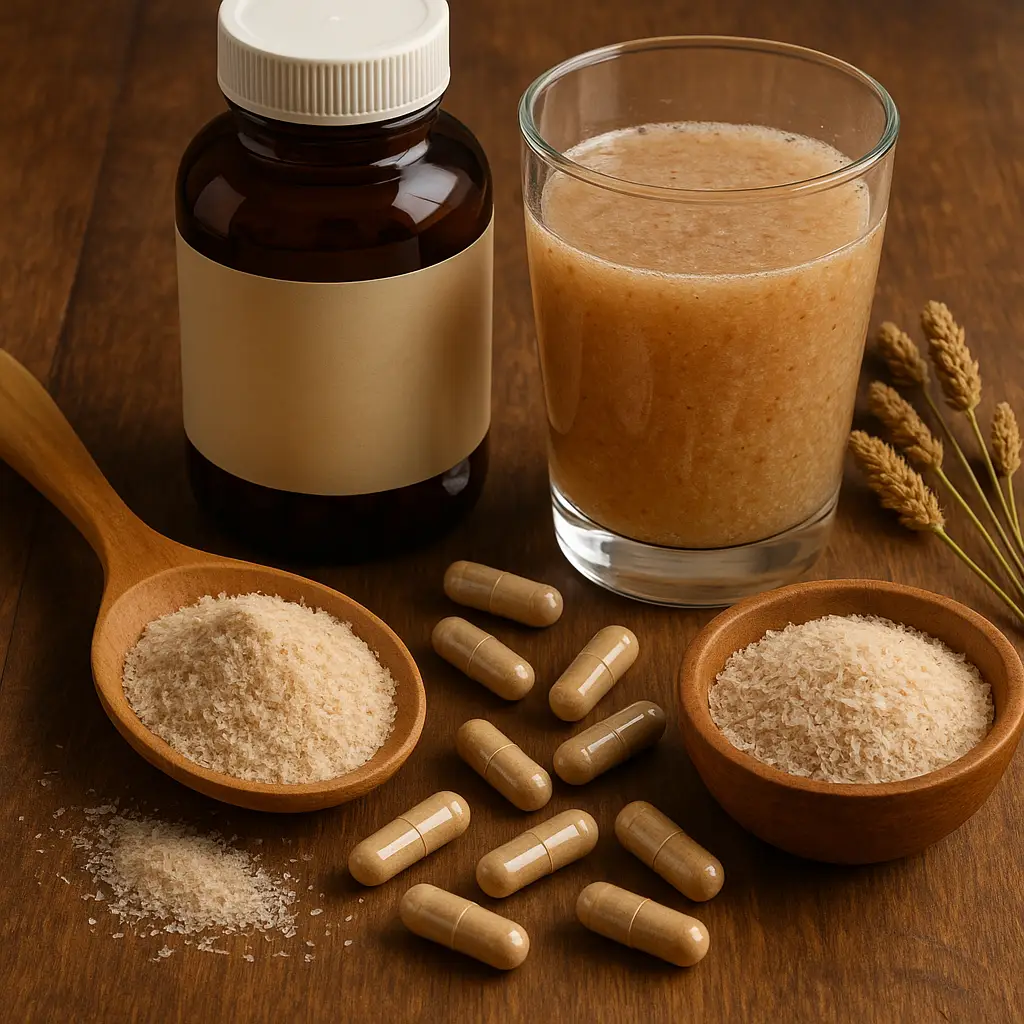
Psyllium husk is derived from the seeds of the Plantago ovata plant, which is native to India and other parts of Asia. It is composed mainly of soluble fiber, …
Read more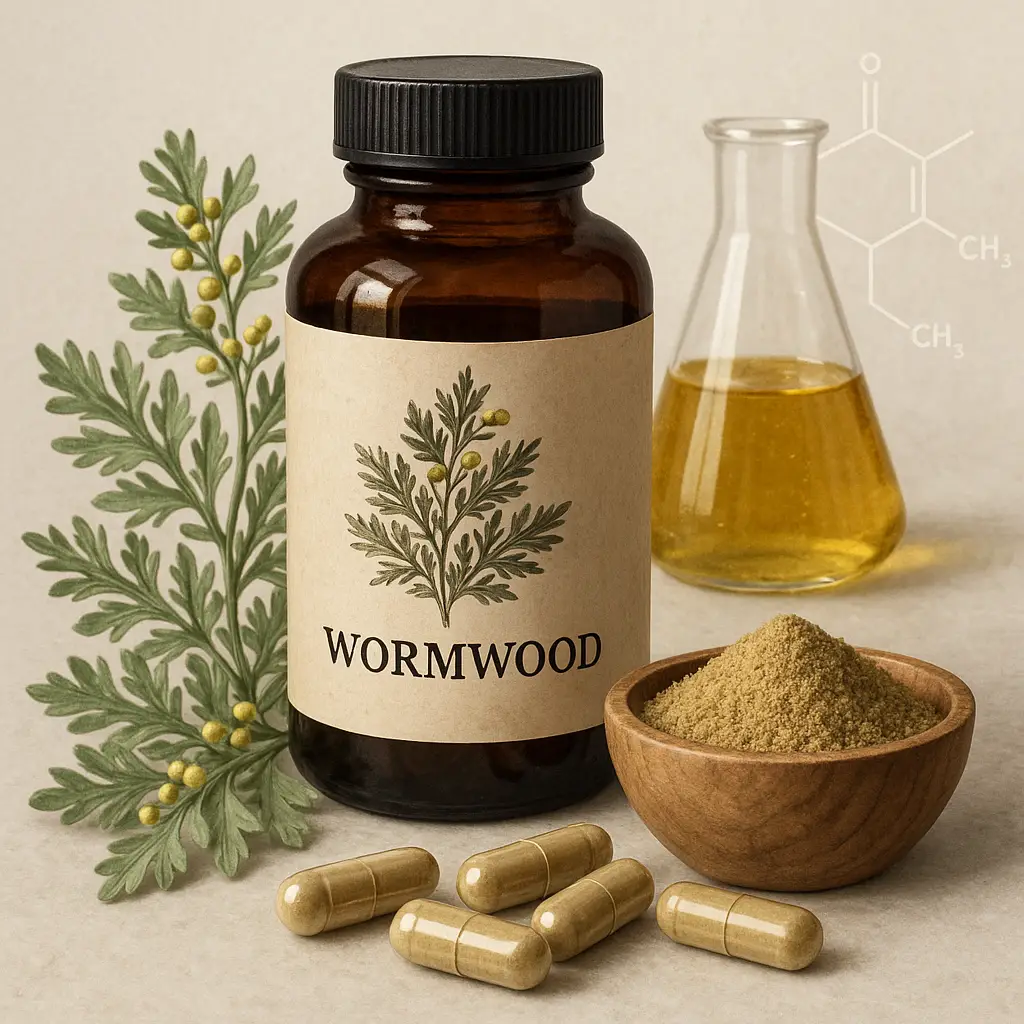
What is Wormwood? Wormwood, scientifically known as Artemisia absinthium , is a perennial herb that has been utilized for centuries in trad…
Read more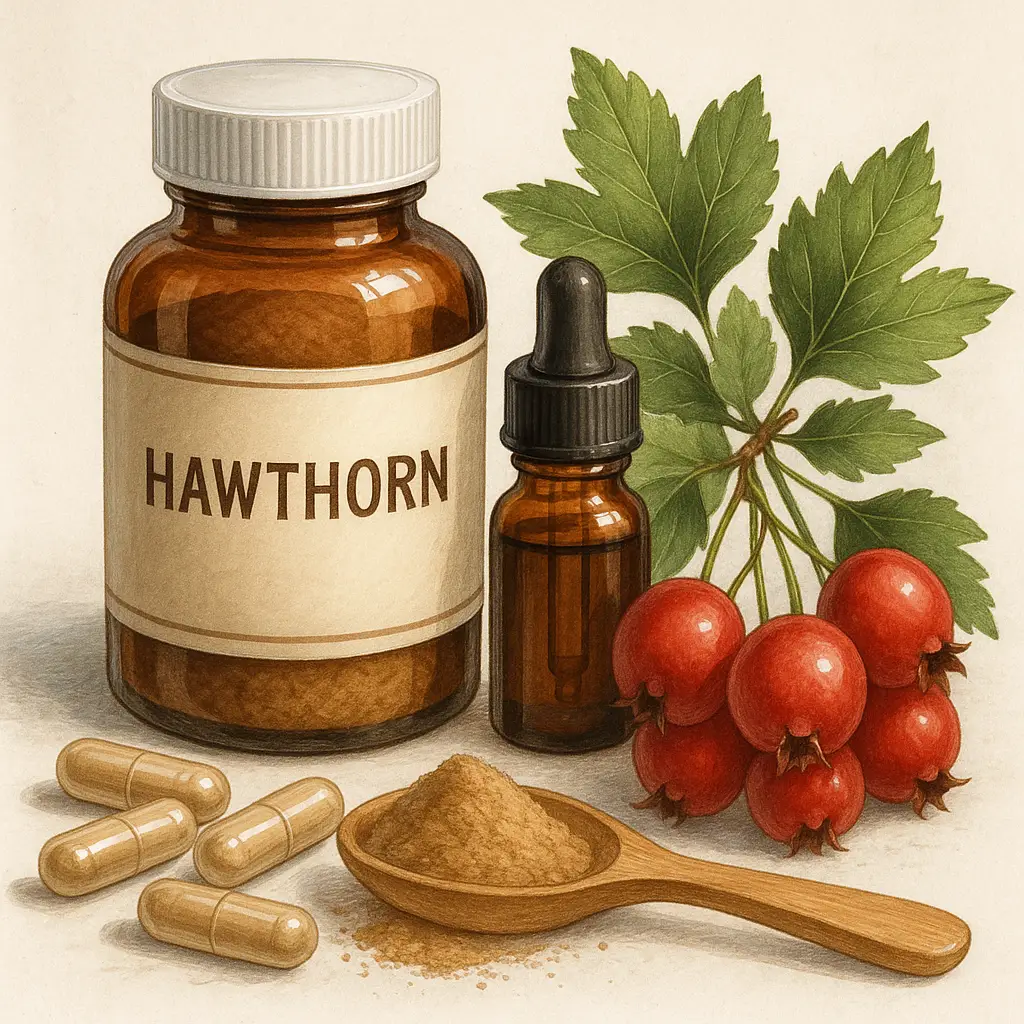
What is Hawthorn? Hawthorn, scientifically known as Crataegus, is a flowering plant belonging to the Rosaceae family. Native to Europe, North America, and par…
Read more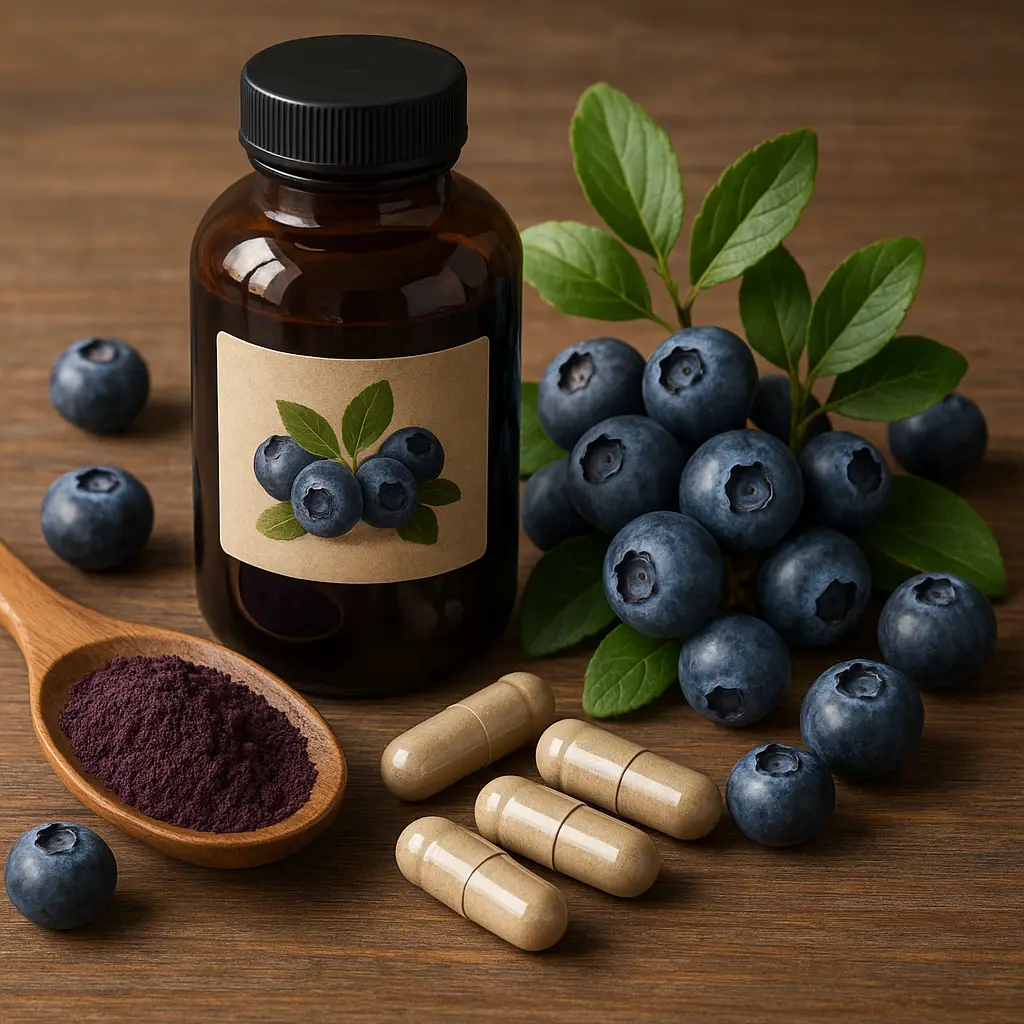
What is Bilberry? Bilberry, scientifically known as Vaccinium myrtillus, is a small, dark blue fruit that resembles blueberries and is native to Europe and No…
Read more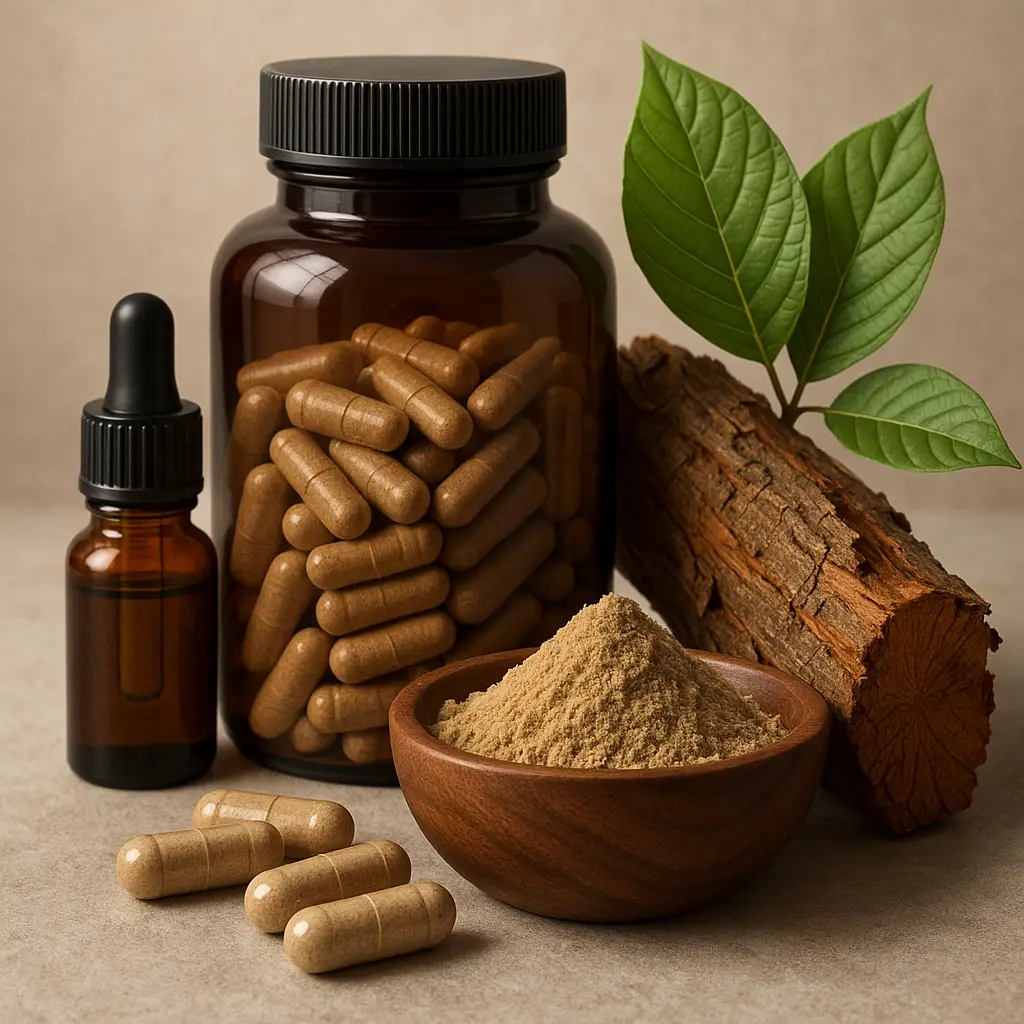
What is Yohimbe? Yohimbe is a tree native to West Africa, from which the bark is harvested to produce an extract called yohimbine. This compound has been trad…
Read more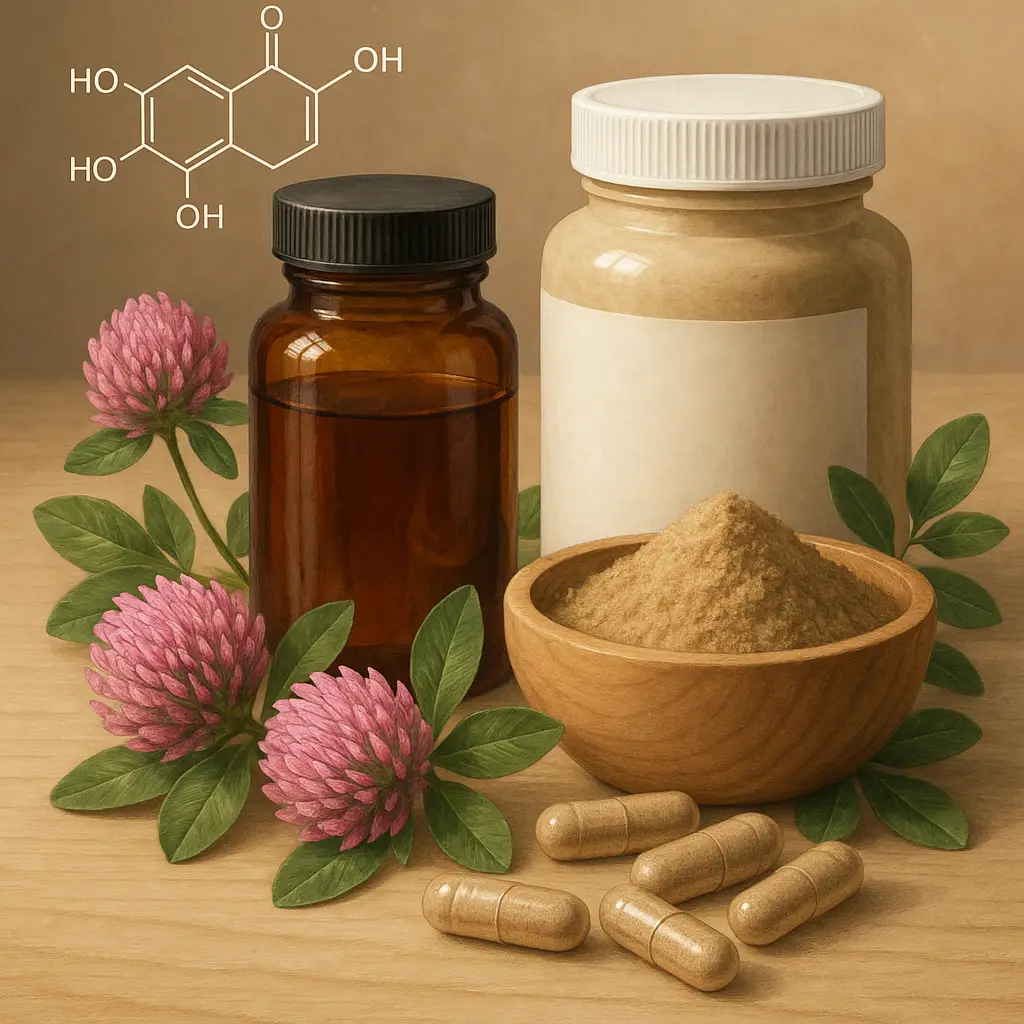
What is Red Clover? Red clover (Trifolium pratense) is a perennial flowering plant belonging to the legume family. Native to Europe, it is now found throughou…
Read more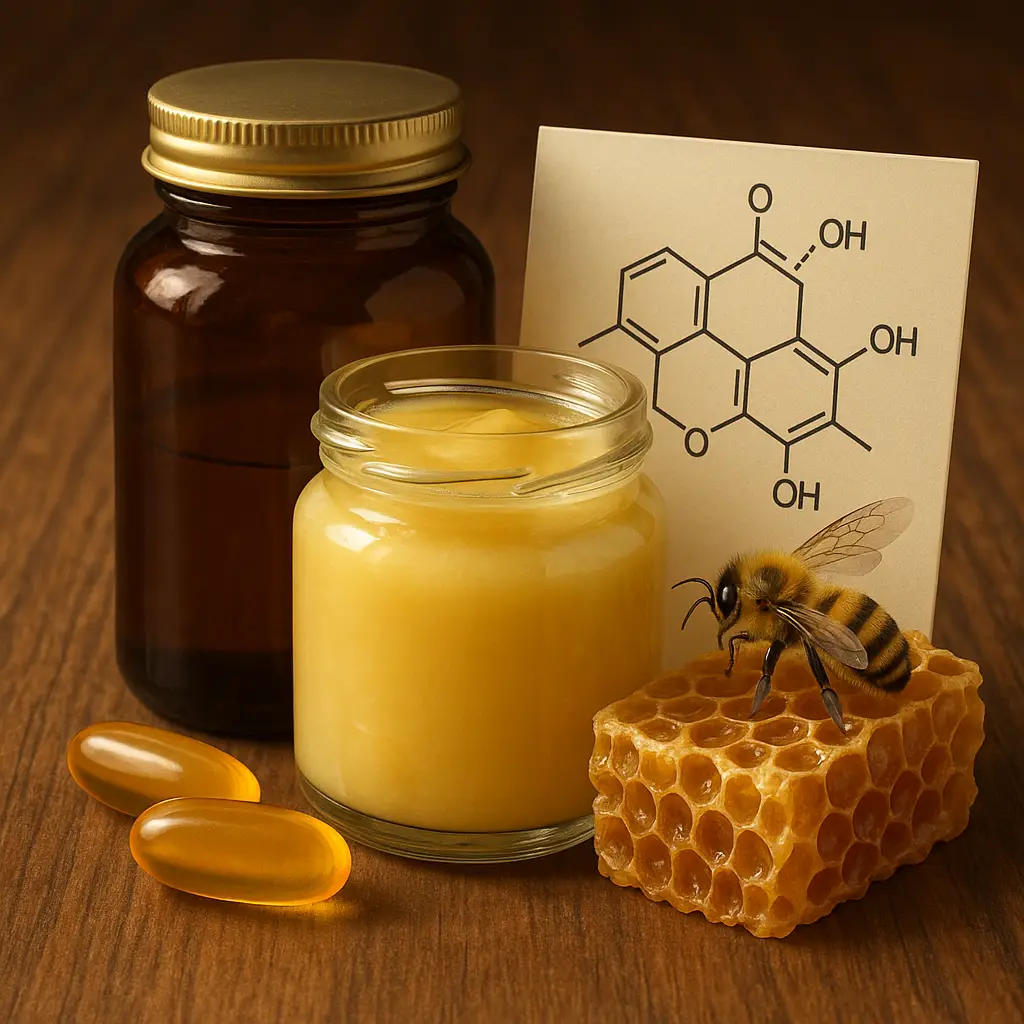
What is Royal Jelly? Royal Jelly is a nutrient-rich substance produced by honeybees, specifically intended to feed queen bees. It is secreted from the glands …
Read more
What is L-Tryptophan? L-Tryptophan is an essential amino acid that the body cannot produce on its own, meaning it must be obtained through diet or supplementa…
Read more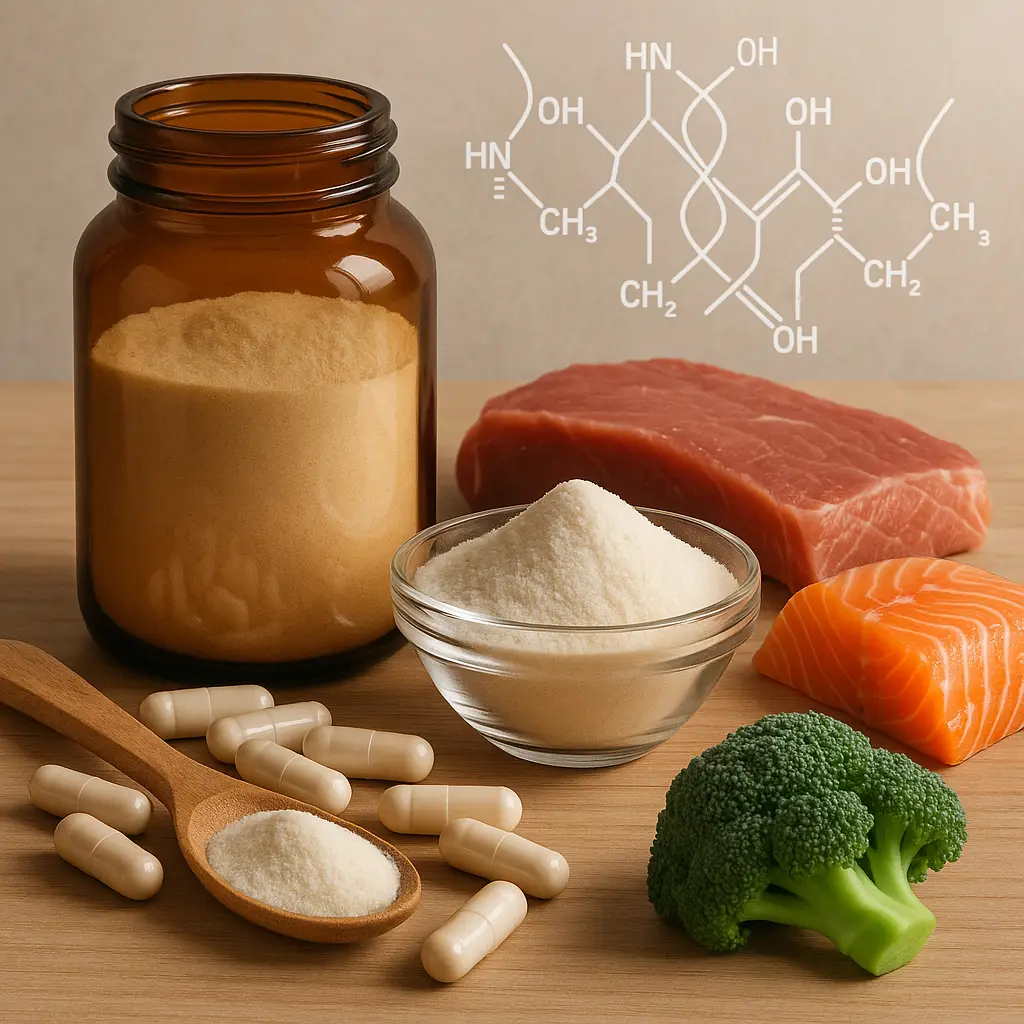
Collagen is a vital protein that serves as one of the building blocks of your skin, bones, muscles, tendons, and ligaments. It plays a key role in maintaining …
Read more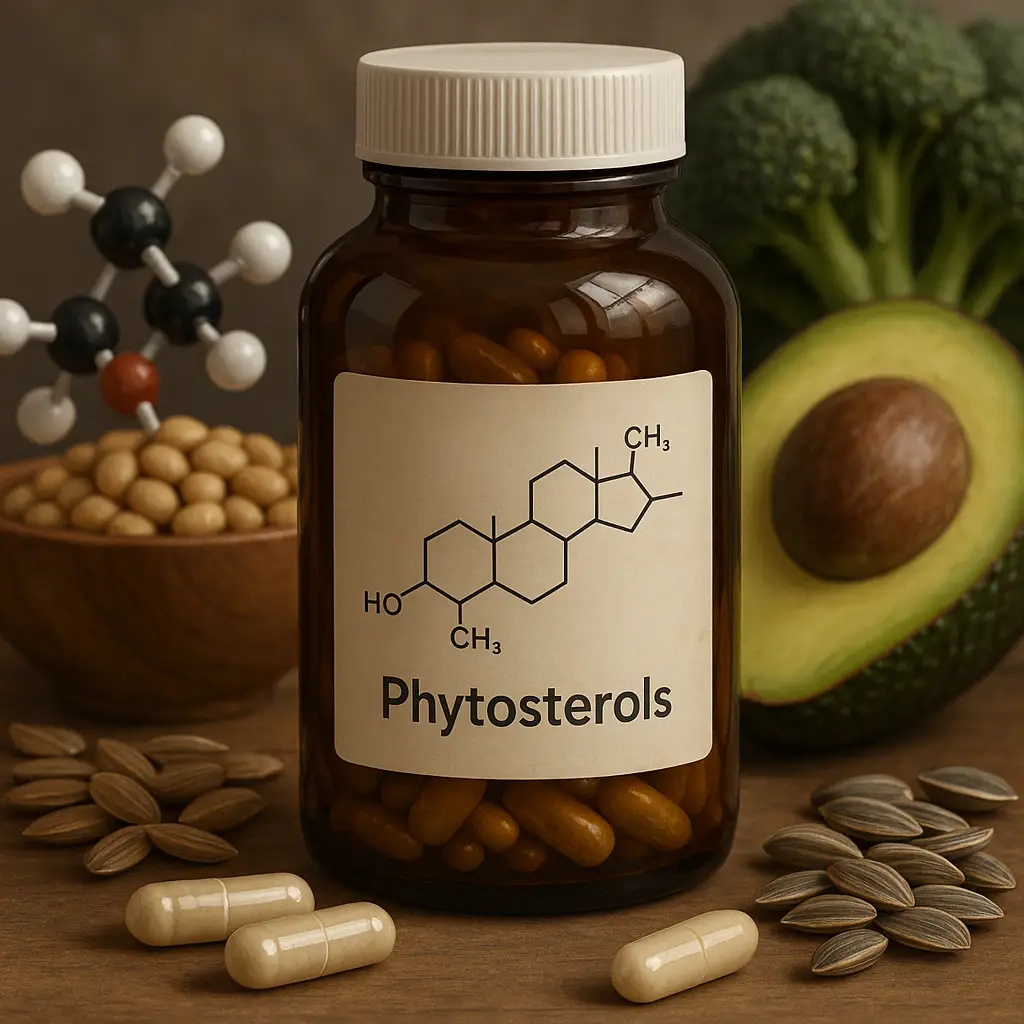
What are Phytosterols? Phytosterols, also known as plant sterols, are natural compounds found in the cell membranes of plants. They possess a structure simila…
Read more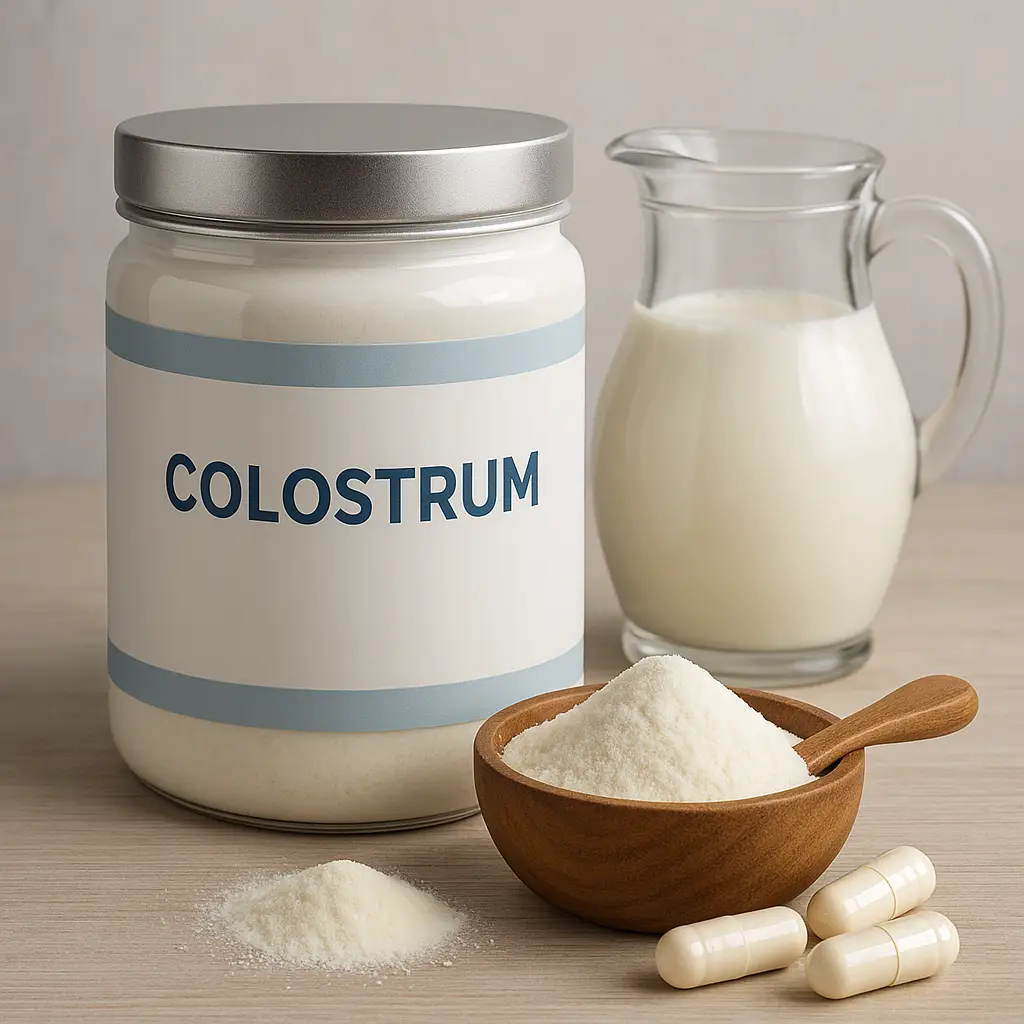
What is Colostrum? Colostrum is the first form of milk produced by mammals shortly after giving birth. It is a thick, yellowish fluid packed with essential nu…
Read more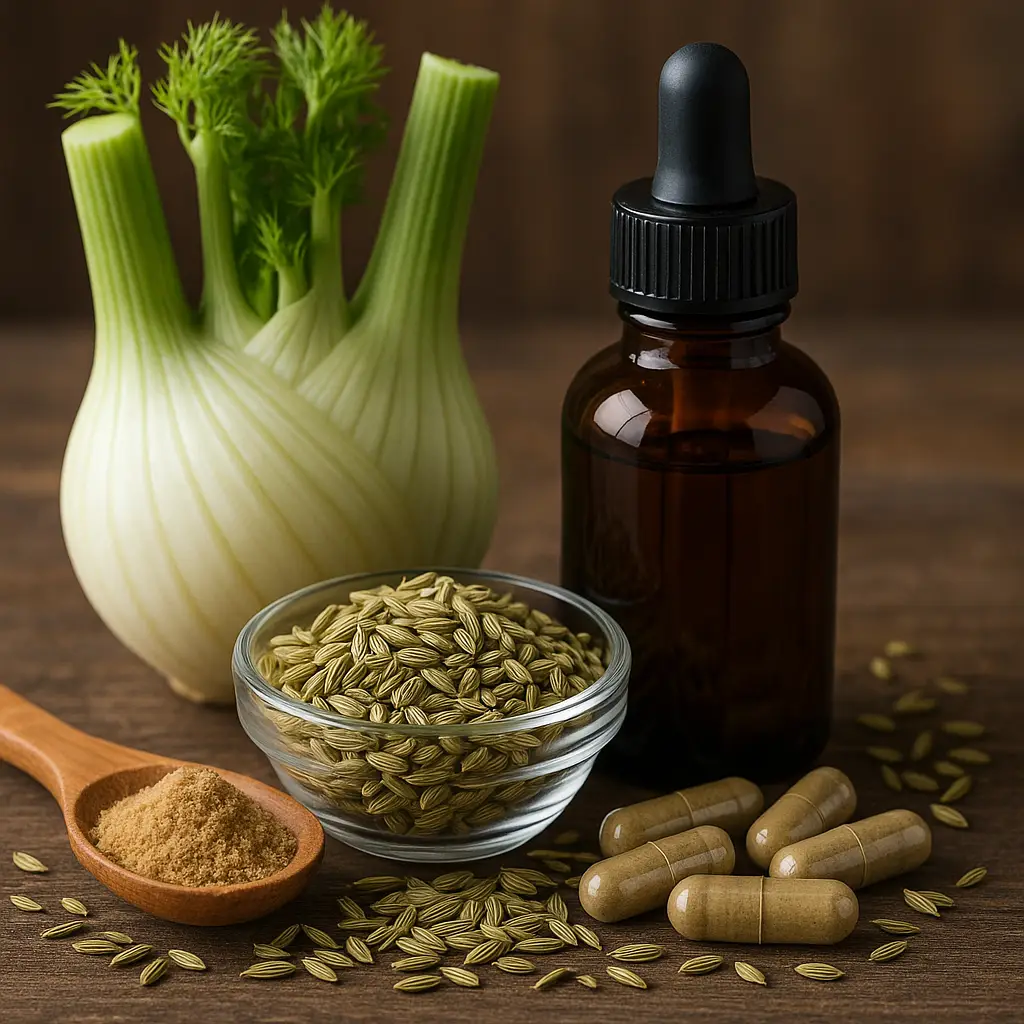
What is Fennel? Fennel (Foeniculum vulgare) is a flowering plant species in the carrot family, native to the Mediterranean region. It has a long history of us…
Read more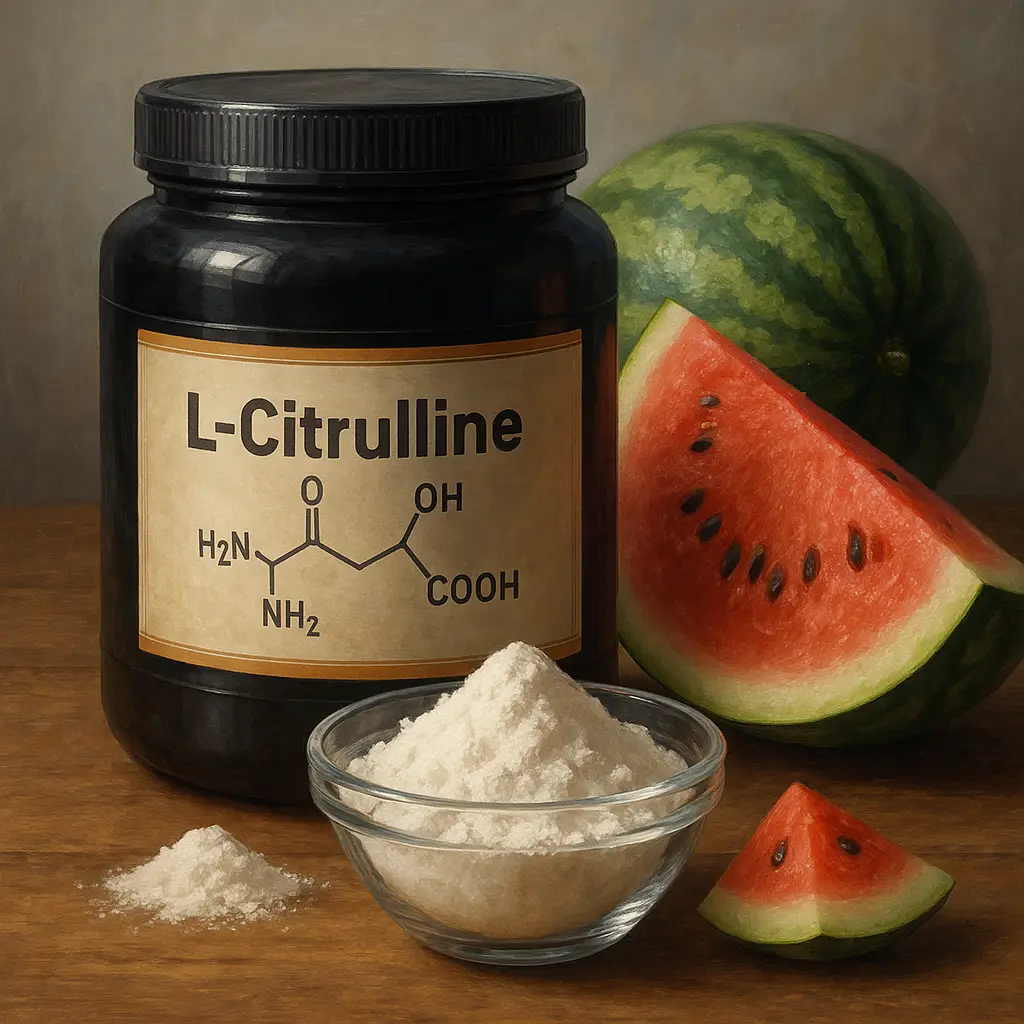
L-Citrulline is a non-essential amino acid that plays a significant role in the production of nitric oxide, a compound that helps widen blood vessels and impro…
Read more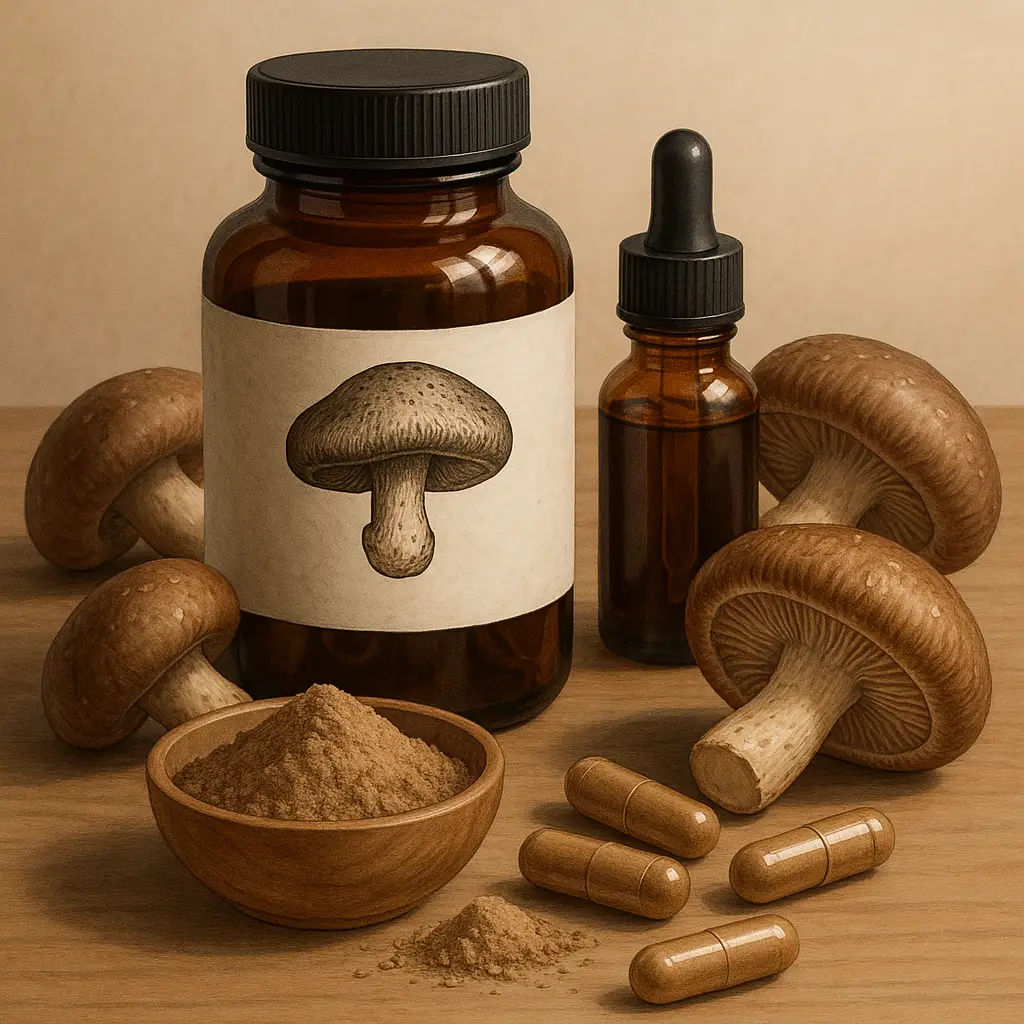
What is Shiitake? The Shiitake mushroom (Lentinula edodes) is a type of edible fungi native to East Asia, particularly Japan, China, and Korea. This prized mu…
Read more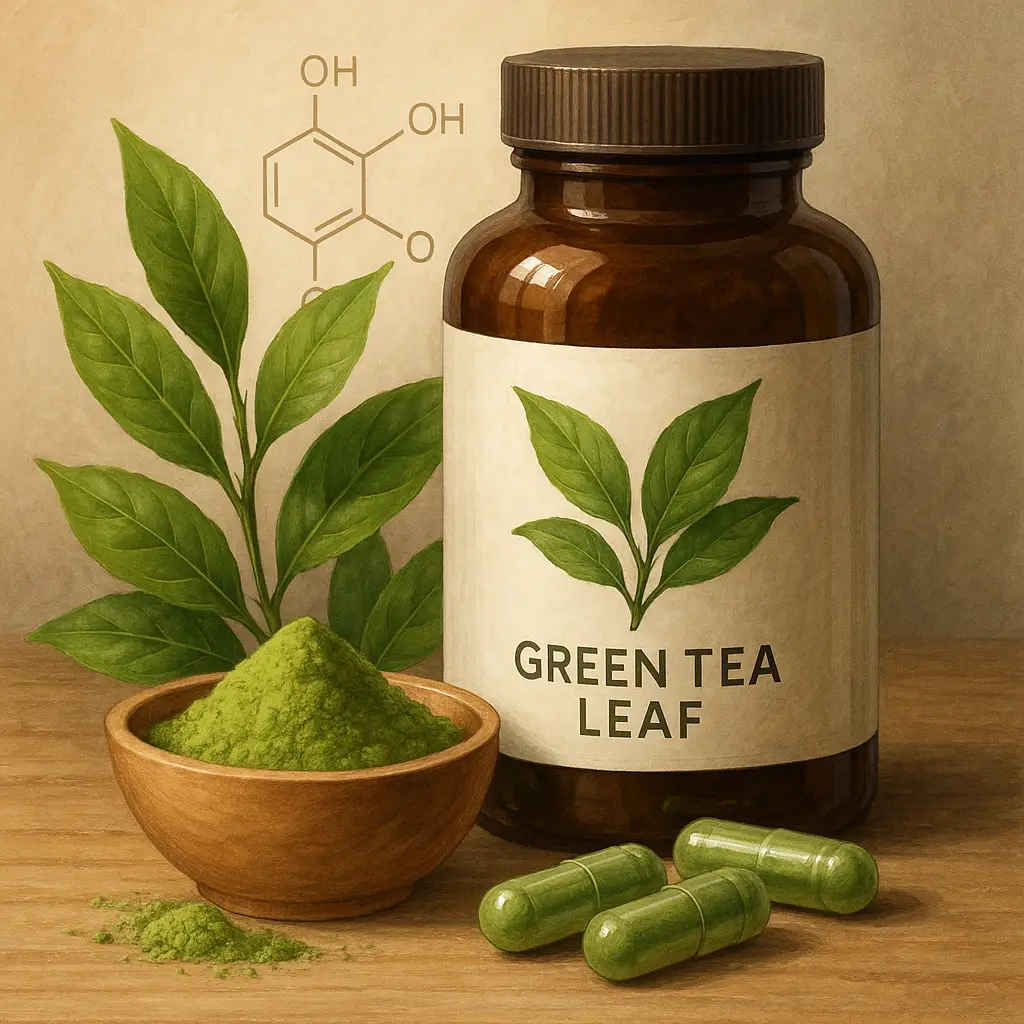
What is Green Tea Leaf? Green tea leaf comes from the Camellia sinensis plant, a species native to East Asia. It's the same plant that produces black tea and …
Read more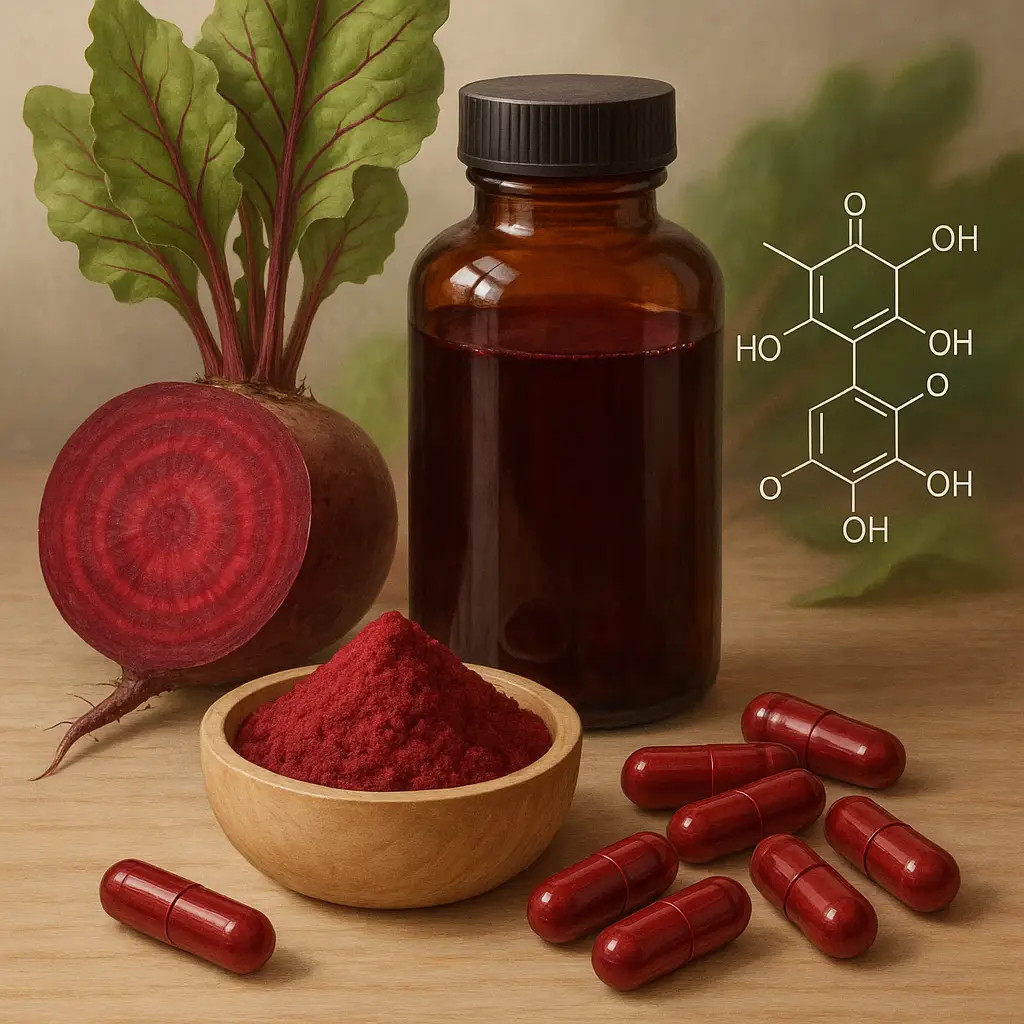
Understanding Beetroot: A Comprehensive Guide Beetroot, commonly known as beets, is a root vegetable that belongs to the Chenopodiaceae family. Mostly recogni…
Read more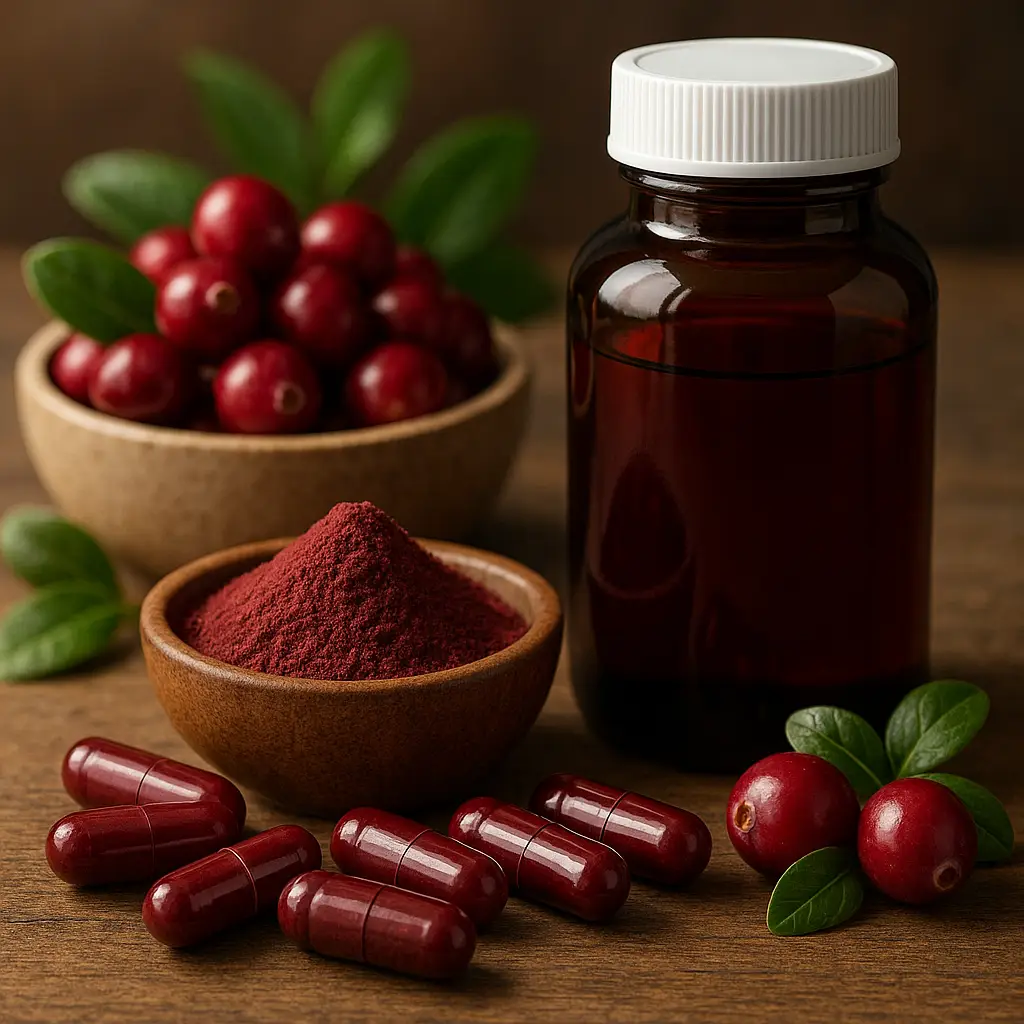
Cranberry (Vaccinium macrocarpon) is a small, tart fruit native to North America, particularly known for its vibrant red color and distinct flavor. Traditional…
Read more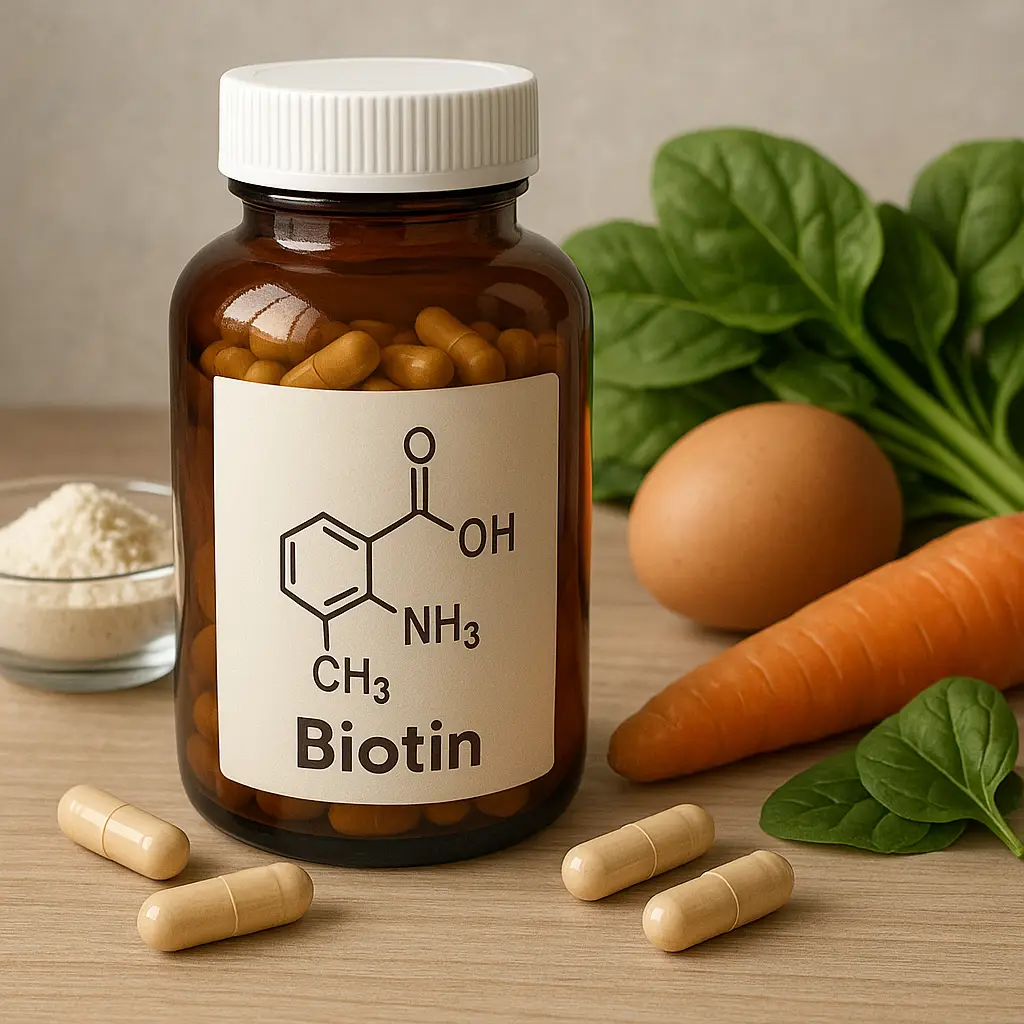
What is Biotin? Biotin, also known as vitamin B7, is a water-soluble vitamin that plays a crucial role in the metabolism of carbohydrates, fats, and proteins …
Read more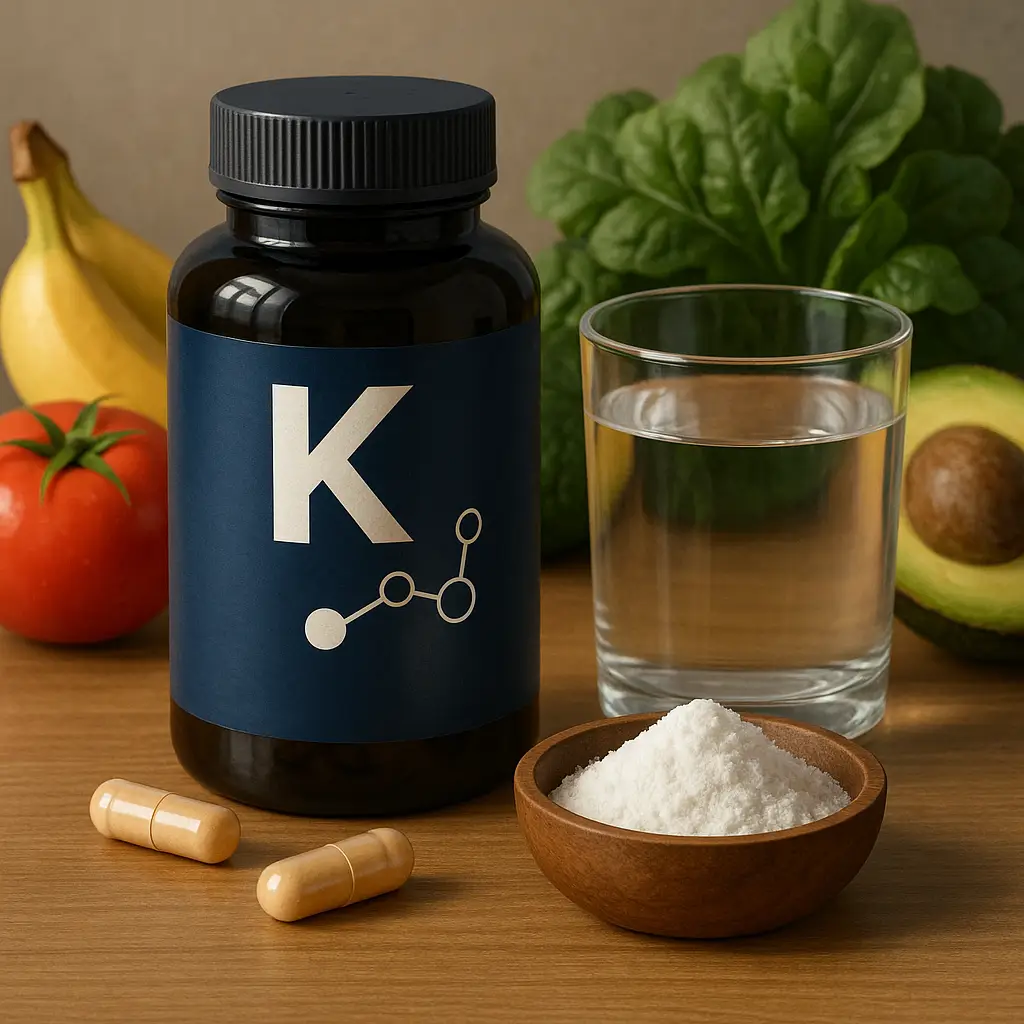
Understanding Potassium: The Essential Mineral for Health and Performance Potassium is a vital mineral and electrolyte that plays a crucial role in various …
Read more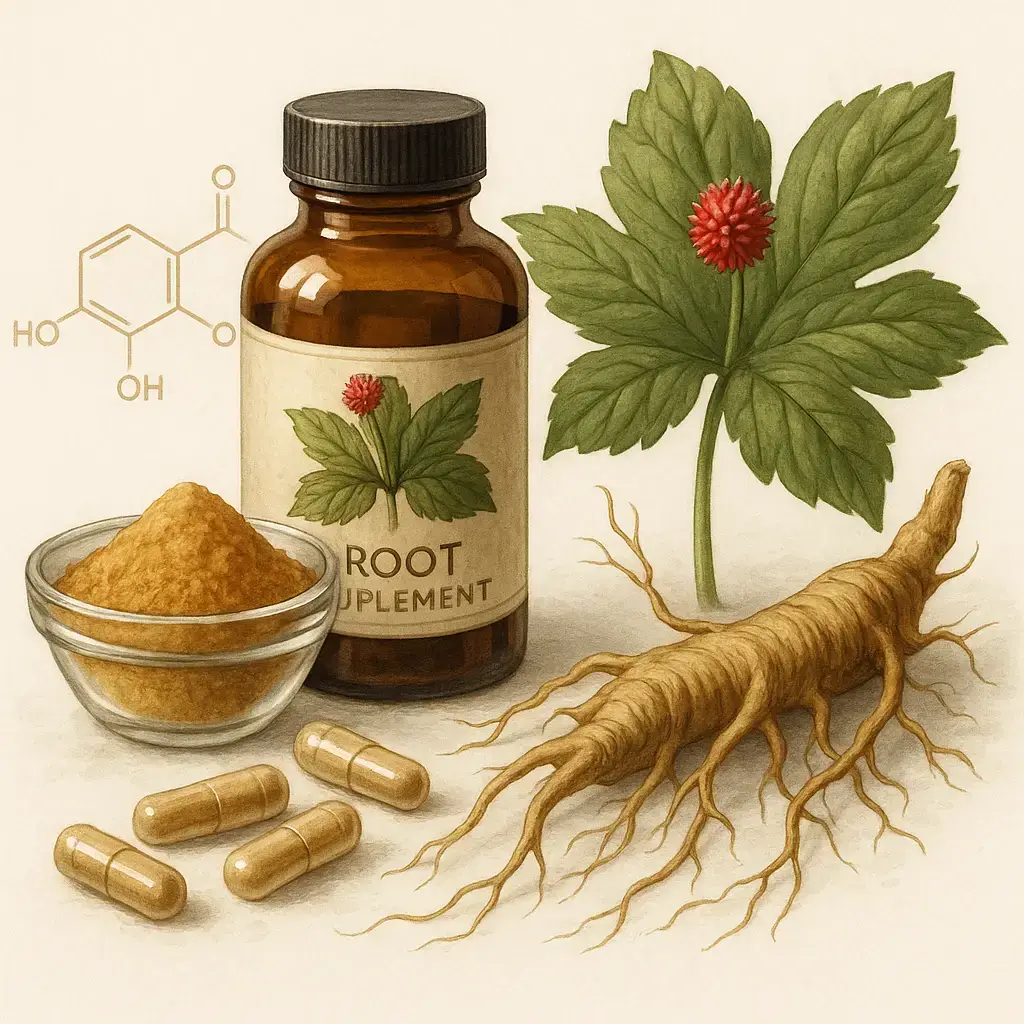
Goldenseal Root: An Overview Goldenseal root, scientifically known as Hydrastis canadensis, is a perennial herb native to North America, particularly in the e…
Read more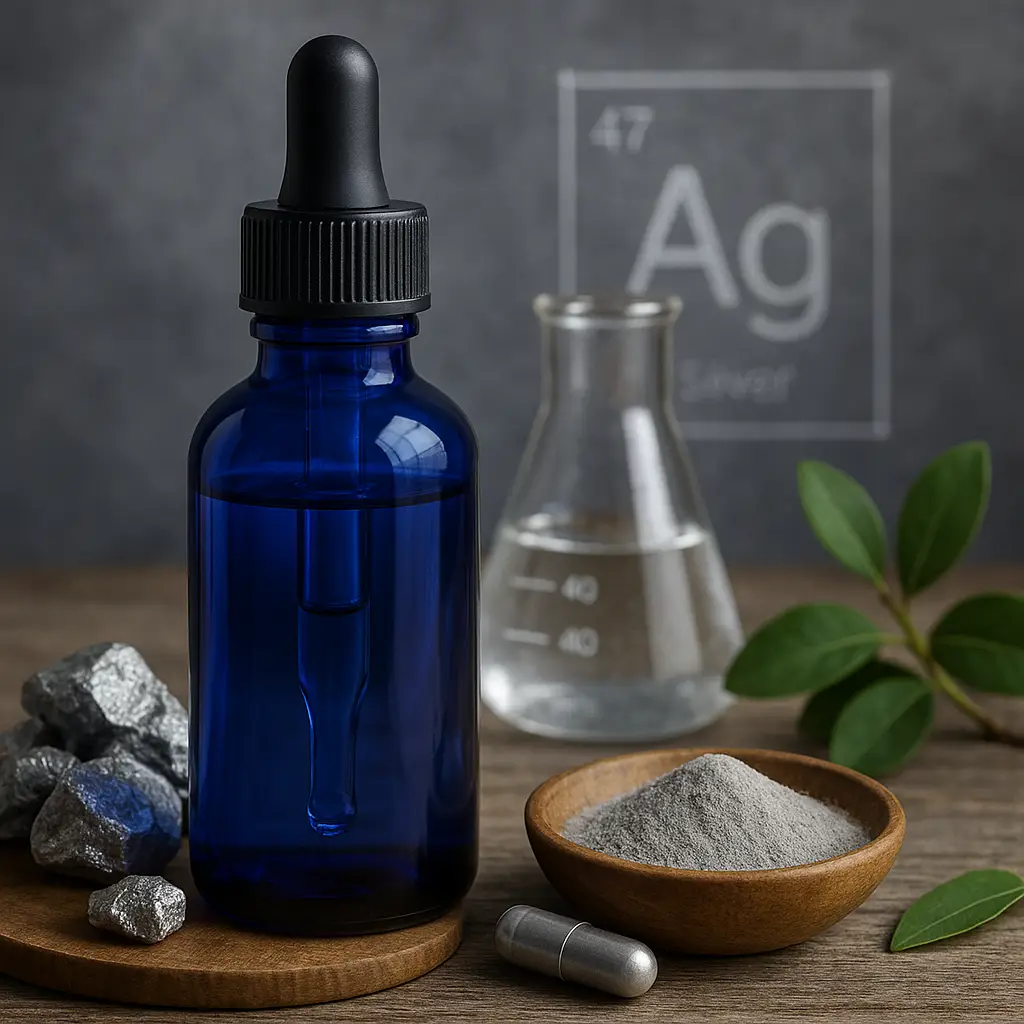
What is Colloidal Silver? Colloidal silver is a suspension of fine silver particles in liquid, often touted for its potential health benefits. It has been use…
Read more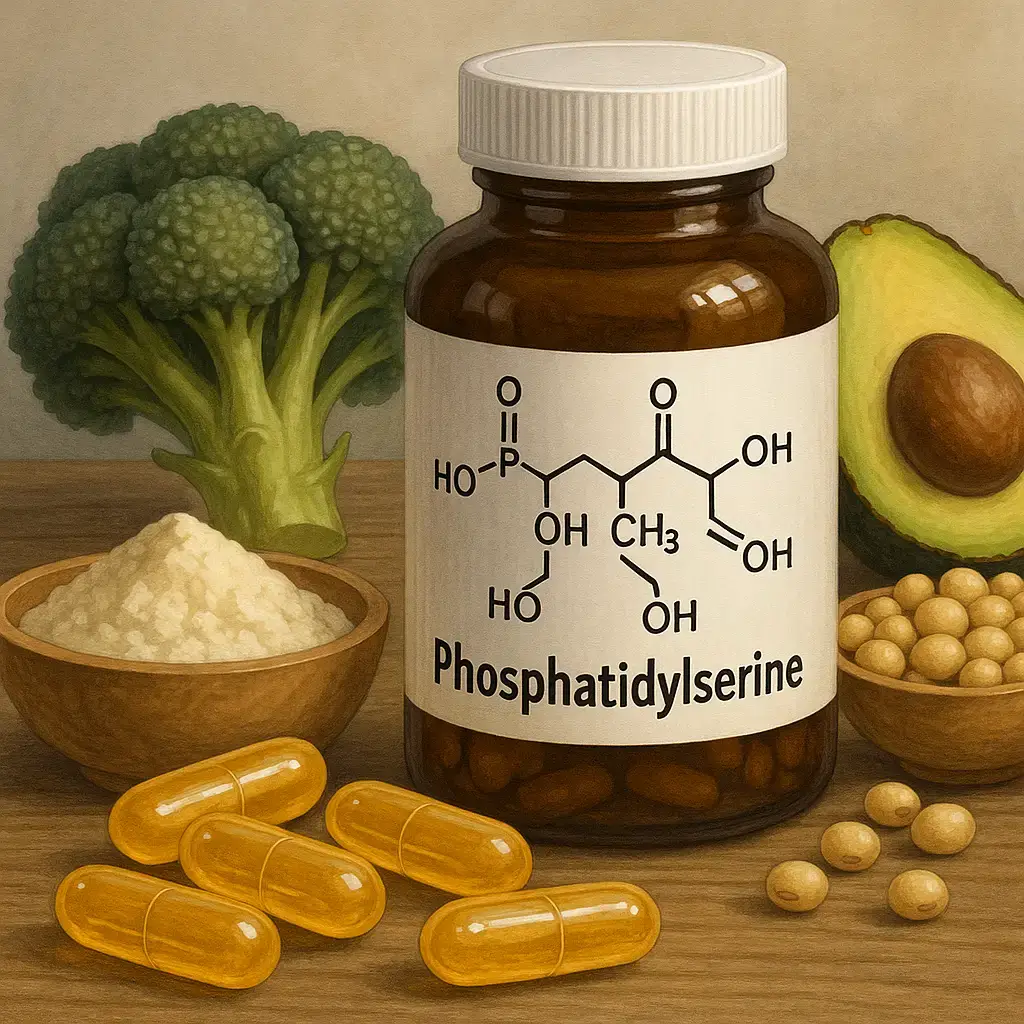
What is Phosphatidylserine? Phosphatidylserine (PS) is a phospholipid that is a crucial component of cell membranes, particularly in the brain. It is formed f…
Read more




